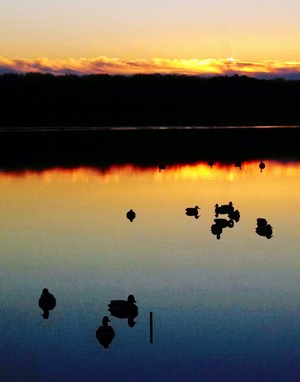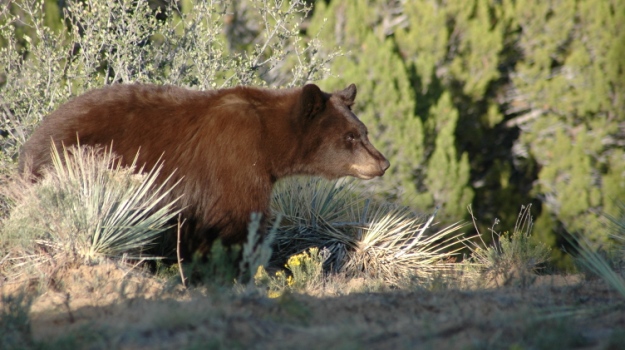By Jason Patterson | Mossy Oak ProStaff

In the first segment, I discussed proper concealment when waterfowl hunting. This segment will dive into some of the gadgets and equipment used to help us lure in more ducks and geese.
Over the past several years, technology has become more advanced and flooded us with an array of choices of spinners, flyers, flappers, etc. There is every imaginable motion decoy you can think of. These all play a part in our success, but nothing has brought more attention to waterfowl than the advancement in decoys. Ten years ago you could get away with buying the cheapest decoys you could afford and still compete with other hunters. Today that is not the case. Just as in everything else, technology and the means to produce more life-like decoys has changed the way hunters have to approach the game.
In some of the areas we hunt, we need several hundred decoys to make a difference to high-flying waterfowl. We bought the cheapest thing we could afford, added black jugs to the mix for more visibility, and even painted some of our decoys black to add more illusion of waterfowl in our spreads.
 Well times have changed. You still need the numbers of decoys in some areas, but you have to have more realistic decoys to make a big difference. Several years ago, I was fortunate enough to become a member of Zink Calls and Avian-X Z-Unit. Avian-X makes the most realistic decoys on the market, from turkeys to ducks and geese. Two years ago I did a test on some of the Top Flight Mallards we produce. Normally, I would have a spread of 200 decoys in one of our spots we have. I decided I was going to try to use less decoys as a test to see if it really made a difference. I dropped down to 50-70 decoys and went away from the massive spreads. Over the season, I noticed the birds would focus more on the improved realism of the decoys and finish better. Where normally we would be shooting passing ducks on the outside of our spread, these birds would drop right into the decoys for more consistent shooting.
Well times have changed. You still need the numbers of decoys in some areas, but you have to have more realistic decoys to make a big difference. Several years ago, I was fortunate enough to become a member of Zink Calls and Avian-X Z-Unit. Avian-X makes the most realistic decoys on the market, from turkeys to ducks and geese. Two years ago I did a test on some of the Top Flight Mallards we produce. Normally, I would have a spread of 200 decoys in one of our spots we have. I decided I was going to try to use less decoys as a test to see if it really made a difference. I dropped down to 50-70 decoys and went away from the massive spreads. Over the season, I noticed the birds would focus more on the improved realism of the decoys and finish better. Where normally we would be shooting passing ducks on the outside of our spread, these birds would drop right into the decoys for more consistent shooting.
We also went back to more old school methods of hunting. Jerk cords have been forgotten over the years due to the increase in motion decoys. Don’t underestimate the productivity of a jerk string system. We have jerk strings now that move up to a dozen decoys at a time. The main reason for this is that the wind doesn’t always blow, and you have to have movement of some kind. We normally lessen our decoy numbers on days like this and use the jerk string more often. You still benefit from motion decoys, but you need to have decoy movement of some kind. If you watch live ducks on the water, they never sit still even if they are resting.
Now when we hunt, we use nothing but new decoys and keep our decoys in the off season in our shops to keep them clean and realistic. This alone will increase your odds the next time you go to the field. Get out the jerk string and buy the most realistic goose or duck decoys you can afford, and I promise it will help you in the field.
In the final segment, I will focus on how to scout and duck call tips and tactics. Calling and reading ducks is the most common mistake we hunters make, and proper scouting for the X is what we will discuss.




























